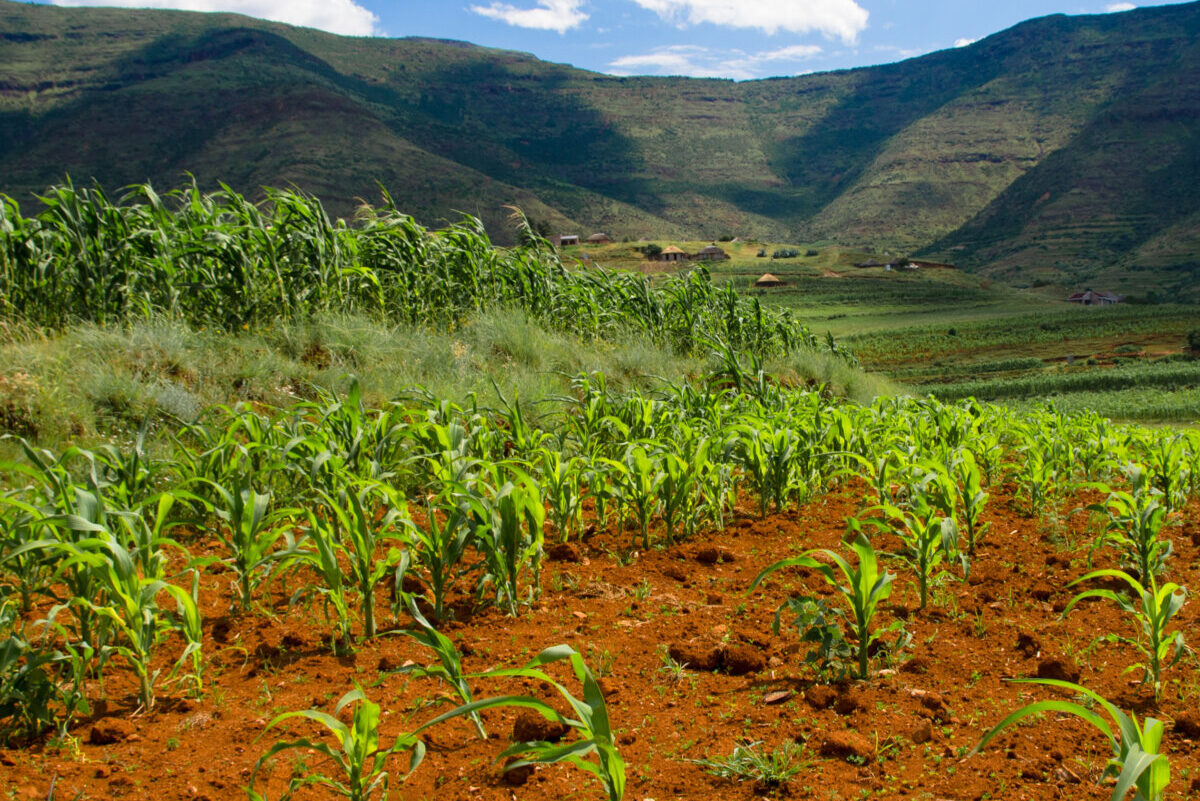The profile of agriculture, land use, and food systems in addressing climate change was raised in 2021 through the UN Food Systems Summit and COP26 in Glasgow. However, with severe climate impacts on agricultural systems and a looming global food system crisis, public finance providers must deliver concrete plans and finance for agricultural resilience, bolstering food security for those most exposed to shocks. The incoming COP27 Egyptian Presidency presents an opportunity to center the interests, needs, and contexts of African countries.
COP27 in Sharm el-Sheikh is a moment for high-income countries to bolster issues of critical importance to low-middle income countries, particularly those in Africa. Investing in adaptation and building resilience in food and agricultural systems in Africa is critically important given the continent’s exposure and vulnerability to climate impacts and the cascading impacts on food security, nutrition, prosperity, and political stability.
In 2022, with the AU Commission’s Year of Nutrition and COP27 in Sharm el-Sheikh highlighting the critical need for finance for mitigation and adaptation, there is a clear opportunity to bridge climate and food security, creating lasting, high-quality avenues to support agricultural adaptation, grounded in an African-led agenda. The International Food Policy Research Institute (IFPRI) estimates $1.7 billion in additional international finance is necessary for agricultural innovation in Africa and the Middle East per year to adapt to the impacts of climate change on achieving the goal of zero hunger.
Given the scale and scope of the challenges, a multi-pronged effort is crucial to mobilize and channel the necessary resources. Five potential avenues for development agencies and funders to pursue, building momentum behind finance flows to innovation in agricultural adaptation in Africa include:
- Building on the COP26 Glasgow Breakthrough on Agriculture launched by the UK as the President of COP26 with the UK and Egyptian Presidencies championing the co-design of metrics for success and an implementation plan through to 2030 presented at COP27.
- Ensuring the US-UAE led AIM4C launched at COP26 promotes innovation sprints that demonstrate best practice and strong engagement with farmers, local communities, and, where relevant, Indigenous Peoples in developing research. AIM4C has mobilised $4 billion USD with the aim to create a “quantum leap in agricultural innovation” to reduce agriculture’s impact on the climate. Member finance providers – public and private – can leverage AIM4C’s platform and innovation sprints to support farmers that are set to experience the worst impact of climate change: those in Africa.
- Re-setting the relationship between high-income economies and partner countries in low- and middle-income economies, placing agriculture and food security at the heart of this new relationship. The UK and Germany can lead this effort as outgoing and incoming G7 Presidencies, respectively with the Glasgow Breakthrough on Agriculture as a framework for action and collaboration.
- Repurposing existing R&D public budgets which are a key factor in making agriculture more climate smart, oriented towards mitigation and adaptation and away from unsustainable agricultural practices that damage the climate and the environment and drive biodiversity loss.
- Dedicated declaration on agricultural adaptation in Africa. As global action on climate change to date tends to marginalise the needs of low- and middle-income countries, a political declaration dedicated to building on existing mechanisms and aimed at mobilising more investment in and policy attention on innovation would shift attention and resources to this crucial issue.


